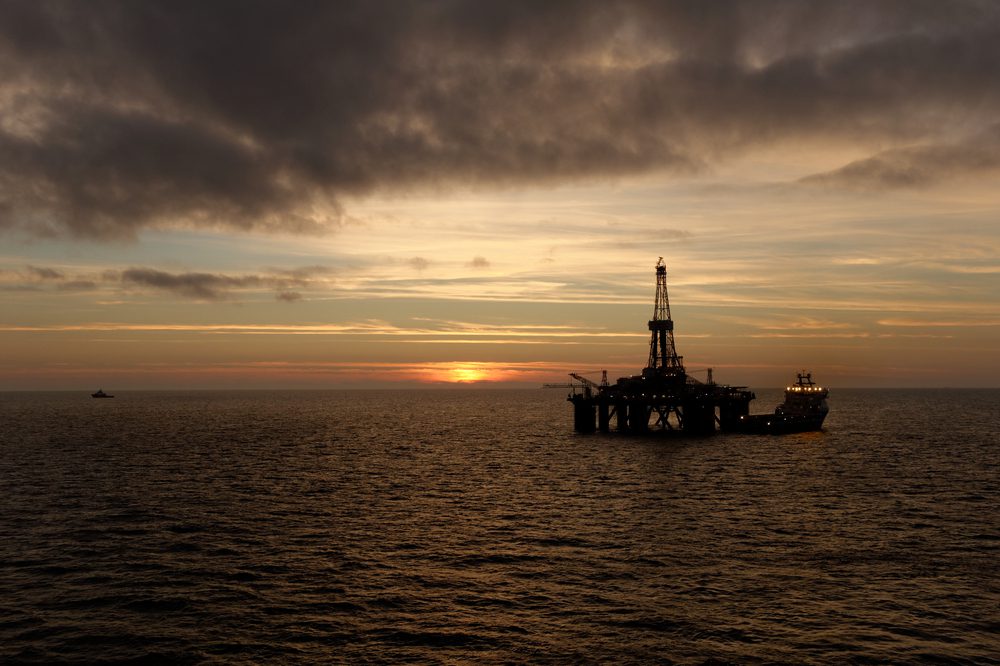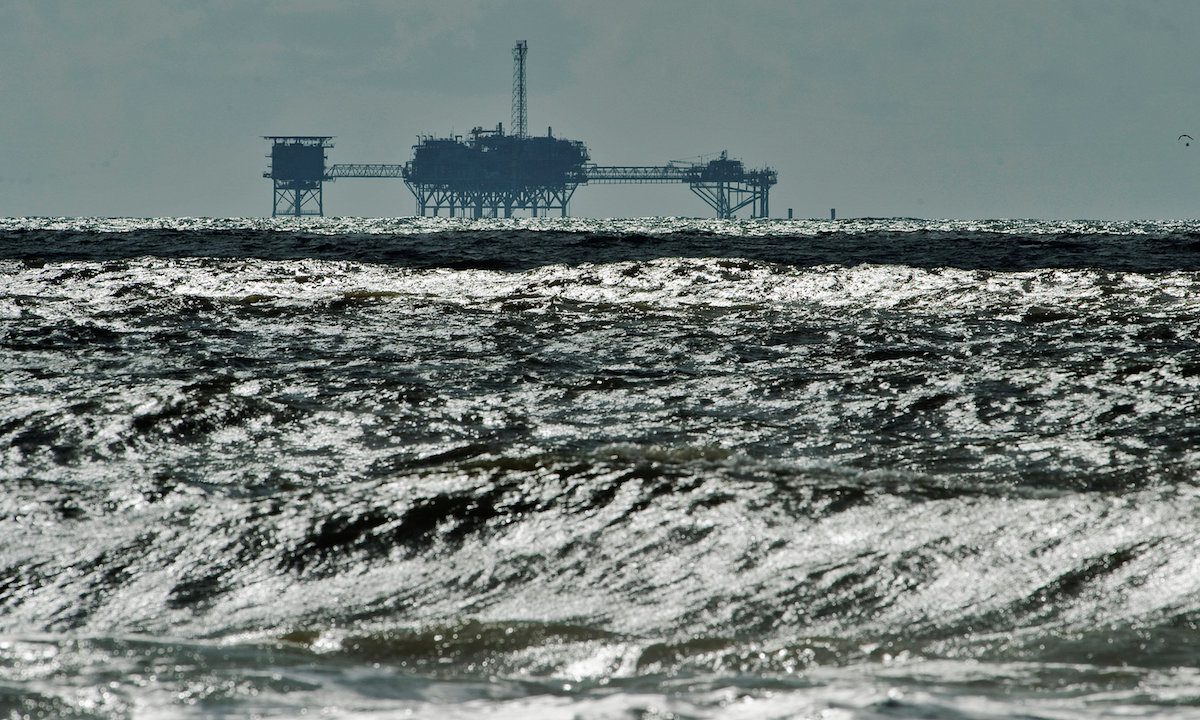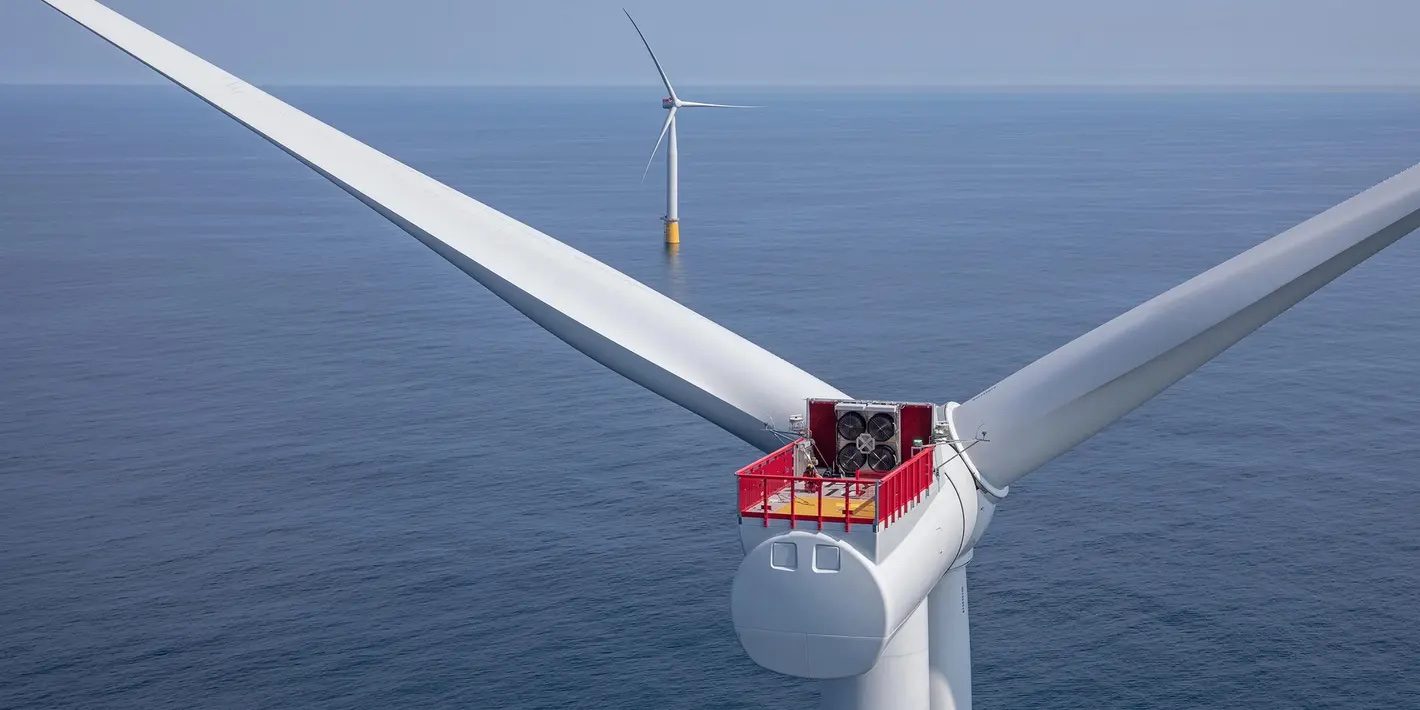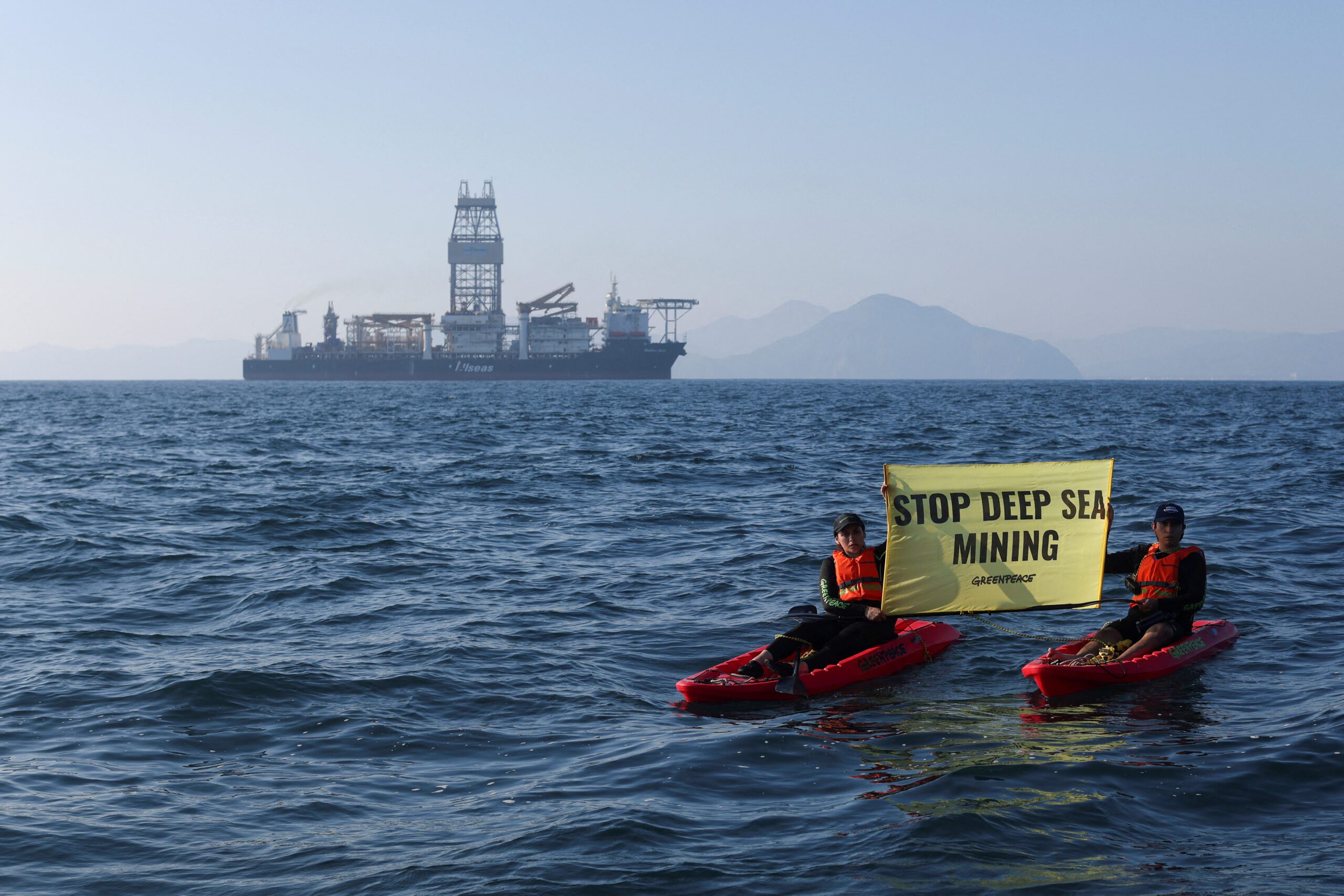The increasing utilization of offshore drilling rigs is causing a decrease in availability and longer contract awards and tender opportunities, according to Westwood Global Energy Group.
In the past decade, the longest durations for new rig deals were observed in 2013 for jackups and in 2014 for floating rigs. However, contract lengths decreased during the industry downturn, reaching their lowest point in 2018 for floaters and 2019 for jackups. Since the global rig market recovery in 2021, contract durations have been increasing again.
On average, awarded jackup contract durations have increased by 36% compared to 2021, while drillships have seen an increase of 41%, and semisubs have experienced a substantial 117% increase.
In 2023, drillships have an average duration of 569 days globally, with significant demand from South America, Mexico, the Mediterranean, India, and West Africa. Semisubs have an average duration of 384 days, with high demand from South America, Mexico, the North Sea, the Far East, and Australia. Jackup demand is driven by regions with strong national oil company presence, with the Persian Gulf, India, the Far East, and Mexico being the biggest areas of demand.
The Middle East has experienced long contract durations for jackups, with ADNOC Offshore awarding six 15-year deals and five 10-year deals in June 2023. Floating rig deals have been fixed at a maximum of five years.
Westwood Global Energy Group predicts that rig contract durations will continue to lengthen, with high utilization and limited availability leading to long-term contracts for drillships and semisubs. In fact, according to Westword, there are already 10-year tenders for drillships in the market, indicating high demand for assets starting in early 2025 due to the high utilization of sixth to eighth generation assets.
Historically, contract lead times for rig contracts tend to stretch when rig availability is scarce. In 2013, lead times were at their highest, with deals being fixed at least a year in advance. However, during the industry downturn in 2016, lead times dwindled to just 129 days due to low utilization. In 2023, lead times are almost 9% higher than the 10-year average, indicating increasing concern from operators to secure the right assets for upcoming campaigns.
Westwood expects lead times to lengthen further in the future as contract durations and utilization continue to increase, coupled with decreasing availability and rising dayrates.

 Join The Club
Join The Club











